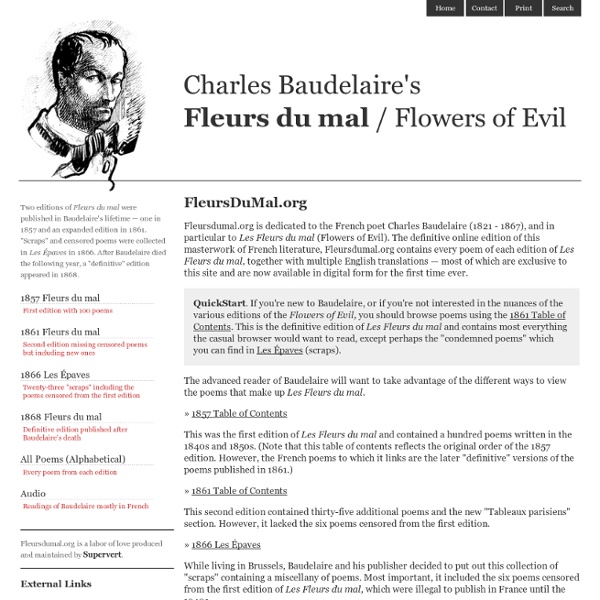Michel Foucault, Technologies of the Self
When I began to study the rules, duties, and prohibitions of sexuality, the interdictions and restrictions associated with it, I was concerned not simply with the acts that were permitted and forbidden but with the feelings represented, the thoughts, the desires one might experience, the drives to seek within the self any hidden feeling, any movement of the soul, any desire disguised under illusory forms. There is a very significant difference between interdictions about sexuality and other forms of interdiction. Unlike other interdictions, sexual interdictions are constantly connected with the obligation to tell the truth about oneself. Two facts may be objected: first, that confession played an important part in penal and religious institutions for all offenses, not only in sex. But the task of analyzing one's sexual desire is always more important than analyzing any other kind of sin. The association of prohibition and strong incitations to speak is a constant feature of our culture.
Foucault, Marxism and History: Chapter 4 / Prisons and Surveillance
Prisons and Surveillance Discipline and Punish (1975) offers the best example of Foucault's alternative to Marx's historical materialism. In methodology, conceptual development and content, Foucault's book presents a version of critical theory in which the mode of production is not the totalizing center of history. To escape from the confines of Marx's materialism, Foucault turns to Nietzsche and adapts to his own ends the concept of genealogy.
Project Gutenberg - free ebooks
On August 26 2020, the Project Gutenberg website underwent some major changes. These changes had been previewed since early 2020, and visitors to the old site were invited to try the new site, including giving input via a brief survey. The old site is no longer available. If you found yourself on this page unexpectedly, it is because an old page was redirected here. Please use the navigation menus at the top of the page to find what you were looking for. All of the functionality, and most of the content, from the old site is still here - but in a different location.
# CINEMA /// The Paradigm of Modern Cinema: The Cinematographic Introspection (Godard, Fellini, Truffaut, Assayas & Hansen-Love)
One of the element that created modernism is the introspection accomplished by artistic disciplines for what they really are, followed by the expression of such look on itself. This introspection has been set in motion much before the XXth century, notably in painting (and very likely in literature too). My weak knowledge would place Rembrandt and Velasquez as precursors, respectively with the Artist in his Studio (1628) and Las Meninas (1656) which both include a canvas and the painter within the painting.
Who Would Dare? by Roberto Bolaño
The books that I remember best are the ones I stole in Mexico City, between the ages of sixteen and nineteen, and the ones I bought in Chile when I was twenty, during the first few months of the coup. In Mexico there was an incredible bookstore. It was called the Glass Bookstore and it was on the Alameda. Its walls, even the ceiling, were glass. Glass and iron beams. From the outside, it seemed an impossible place to steal from.
Cultural Studies: Williams' "Culture is Ordinary"
Bill Schnupp Abstract: Raymond Williams’ “Culture is Ordinary” I. SummaryWilliams opens his piece with a short account of revisiting his childhood home in Wales, accompanied by a brief recollection of his personal history—a rhetorical strategy he employs with frequency in the piece, and not unlike what we saw in Miller’s work.
Archives
Number 13: May 2012: Foucault and Accounting Paul Glabicki, Accounting for… #44, 2010 (detail). Courtesy of Kim Foster Gallery, New York. The Accounting for… drawing series began with a Japanese accounting ledger book from the 1930s that the artist acquired some years ago. The drawing series continues the ritual of the ledger, transcribing each page as a foundation and underlying structure for addition of new information – a personal “accounting” of daily experience and incoming data. Number 9, September 2010
Immaterial Labor - Maurizio Lazzarato
A significant amount of empirical research has been conducted concerning the new forms of the organization of work. This, combined with a corresponding wealth of theoretical reflection, has made possible the identification of a new conception of what work is nowadays and what new power relations it implies. An initial synthesis of these results - framed in terms of an attempt to define the technical and subjective-political composition of the working class can be expressed in the concept of immaterial labor, which is defined as the labor that produces the informational and cultural concent of the commodity. The concept of immaterial labor refers to two different aspects of labor. The "great transformation" that began at the start of the 1970s has changed the very terms in which the question is posed. The restructured worker



